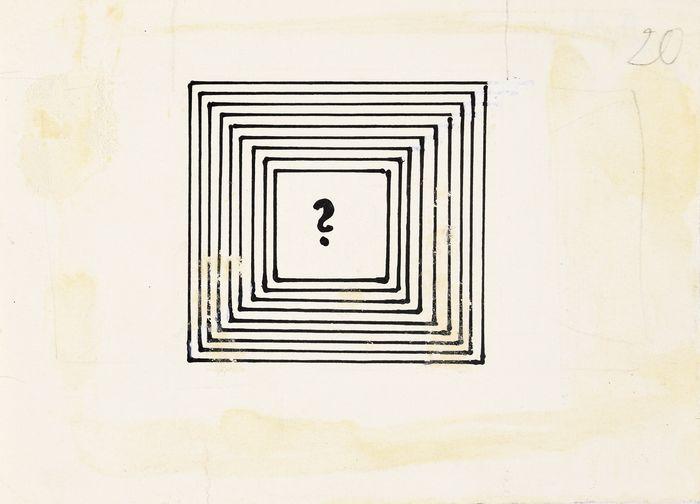The exhibition deals with the contacts between the Moscow and Tallinn art scenes from the 1960s to the 1980s. The most chrestomathic representatives of this artistic axis — Ülo Sooster, Yuri Sobolev, Tõnis Vint and Raul Meel – and the most innovative part of their oeuvre, which was related to the popular science literature – quite a phenomenon in Soviet times – as well as to the use of specific audiovisual solutions, are examined.
The spread of photography, film and television in the 20th century caused a rapid increase in visualisation of the world. This was based on an alliance of scientific knowledge, modernist art and the new technologies for pictorial reproduction that developed at the beginning of the 20th century.
From the 1960s to the 1980s, under the conditions of the closed Soviet system, the visualisation of the workday world was under strict ideological control. However, more freedom for experimentation existed in the fields of activity that were not considered to be of ideological priority: graphic design, animation, the applied arts and interior design. The artists that helped to build the Tallinn-Moscow cultural bridge – Ülo Sooster, Yuri Sobolev, Tõnis Vint and Raul Meel – participated directly in the creation and development of a new world of imagery.
The 1960s Thaw was a time in the Soviet Union that saw political and cultural reforms that strove for inventiveness. Due to scientific discoveries, technological achievements and issues arising in the humanities at the time, the circulations of popular science publications increased tremendously and the science fiction genre developed. The conditionality and indefinability of scientific concepts provided many opportunities for experimentation. The illustration of popular science literature quickly became a field in which the new visual idiom blossomed in its most complete form. Yuri Sobolev, Ülo Sooster and Tõnis Vint worked out an innovative aesthetic to illustrate this literature. They combined images that reflected the world at the time – photographs of the universe, enlargements of microorganism photos, various diagrams and drawings – with fragments from Renaissance and Modernist art. A new type of modular grid, which had become popular in Germany and Switzerland in the mid-1950s and was a way of organising printed columns, was introduced in the design of books and magazines. The new aesthetic, which was based on postmodernist play and the strict structure of the modular grid, became a universal code that enabled artists to express contemporaneity in very different media: graphic art, animation and slide films.
In the 1970s, Yuri Sobolev and Tõnis Vint created a large graphic series, the new visual idiom of which developed in the context of a new humanist world-view. These works were significantly influenced by Tantric art and the spiritual practices of the East. The creative experiments of Ülo Sooster, Yuri Sobolev, Tõnis Vint and Raul Meel in this new visual field of activity comprise an important chapter in Estonian and Russian art history, which is still relevant.
Curators: Anna Romanova, Eha Komissarov
Designers: Raul Kalvo, Helen Oja
Coordinator: Elnara Taidre
Graphic design: Tuuli Aule
Time: 03.03.17–11.06.17
Location: Kumu exhibition spaces

